
Can Chia Seeds Support a Healthier Waistline Naturally?
Are you finding it difficult to feel confident in your favorite jeans? Looking for a natural, effortless way to support a healthier waistline without resorting to crash diets or gimmicks? Chia seeds—those tiny black seeds brimming with nutrients—could be just the addition your routine needs. Though no superfood alone can target belly fat, research suggests that chia seeds may help promote satiety, improve digestion, and support a holistic approach to wellness.
In this expanded guide, we’ll dive into the nutritional benefits of chia seeds, explain how they may help support a slimmer waist, share simple ways to include them in your daily meals, and offer actionable tips for health-conscious Americans—especially seniors—seeking sustainable results.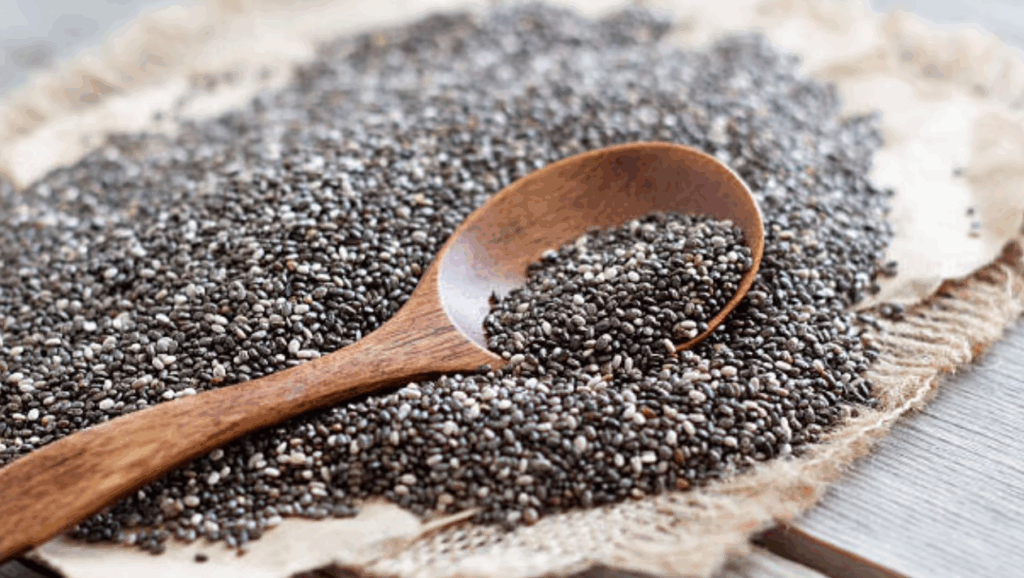
Why Chia Seeds Are a Nutritional Powerhouse
Chia seeds come from the Salvia hispanica plant and were a prized food in ancient Aztec and Mayan diets. Today, they’re hailed as a superfood due to their incredible nutrient density. According to WebMD, just one ounce (about two tablespoons) of chia seeds provides:
-
10 grams of dietary fiber
-
5 grams of protein
-
Omega-3 fatty acids (ALA)
-
Calcium, magnesium, and phosphorus
These nutrients support energy, heart health, digestion, and muscle maintenance. The fiber and protein content alone makes them ideal for supporting appetite control and promoting steady energy levels—especially beneficial for older adults aiming to manage their waistline and maintain vitality.
🧠 Bonus Tip: Because chia seeds are plant-based, they’re also a smart addition to vegetarian, vegan, and heart-healthy diets.
How Chia Seeds May Help with Waistline Management
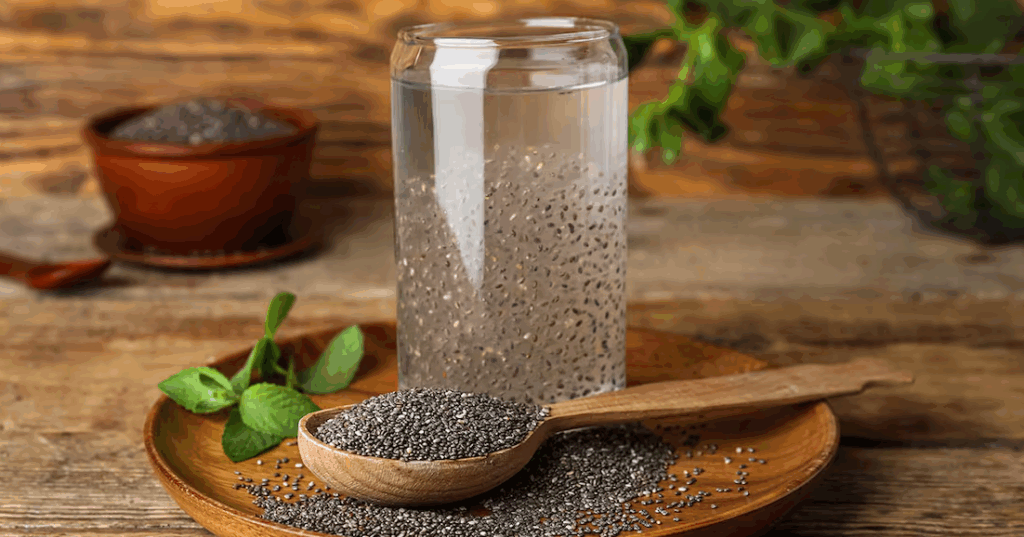
While chia seeds won’t “melt” belly fat overnight, their unique nutritional profile can support a healthy metabolism and reduce behaviors that contribute to fat accumulation. Here’s how science backs up their benefits:
✅ High Fiber Content
An ounce of chia seeds delivers around 40% of the daily recommended fiber. A 2015 Nutrition Journal study found that high-fiber diets improve satiety, reduce overeating, and enhance digestion—all factors in weight control.
✅ Protein to Keep You Full
Protein isn’t just for bodybuilders. According to Harvard Health, protein-rich foods like chia seeds help preserve lean muscle mass and reduce cravings, supporting long-term fat loss efforts.
✅ Omega-3 Fatty Acids for Inflammation
The ALA (alpha-linolenic acid) in chia seeds may help reduce systemic inflammation, which is often linked to increased abdominal fat, according to a 2017 Nutrients review.
✅ Low-Calorie Volume
Chia seeds absorb up to 10–12 times their weight in liquid, forming a gel that adds bulk without added calories—making meals more satisfying.
✅ Supports Blood Sugar Balance
A 2010 study in the European Journal of Clinical Nutrition showed that chia seeds may slow carbohydrate digestion, preventing spikes and crashes in blood sugar that often lead to fat storage and cravings.
Simple & Delicious Ways to Enjoy Chia Seeds
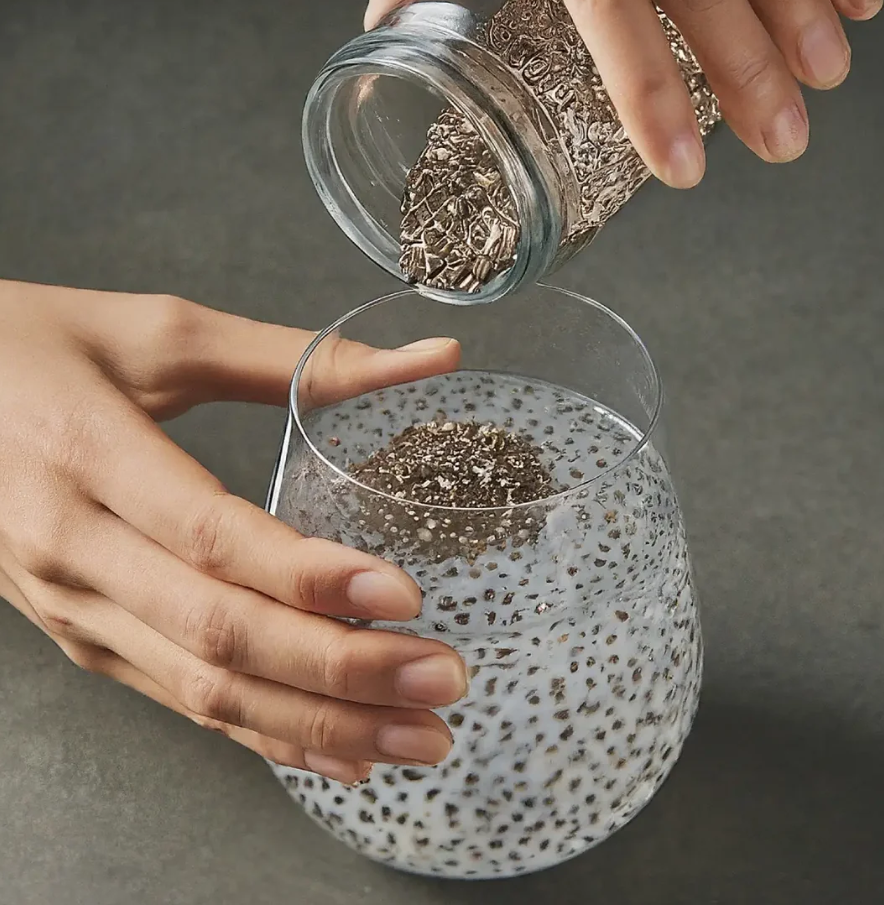
Incorporating chia seeds into your meals is easy, affordable, and delicious. Here are a few creative ideas:
🍓 Chia Pudding
Recipe: Mix 2 tbsp chia seeds with ½ cup almond milk, a dash of vanilla, and a drizzle of honey. Stir, refrigerate overnight.
Top with: Fresh berries, coconut flakes, or chopped nuts.
Tip: Stir after 10 minutes to prevent clumping.
How Often: 2–4 times a week as breakfast or a healthy dessert.
🥬 Smoothie Power-Up
Add to: A banana-spinach-protein smoothie for a thicker texture and nutrient boost.
Tip: Soak chia seeds in water for 10–15 minutes before blending to ease digestion and improve consistency.
🥗 Sprinkle on Everyday Meals
Ideas: Add 1–2 teaspoons to oatmeal, soups, yogurt, baked goods, or salad dressings.
Storage: Keep seeds in a cool, airtight container for maximum freshness.
🥄 New Suggestion: Make a chia jam! Mix mashed berries with chia seeds and let it sit until it thickens—no sugar or pectin needed.
Important Safety Tips When Using Chia Seeds
Although chia seeds are generally safe, moderation is key to avoiding discomfort:
-
Don’t exceed 2 ounces per day (roughly 4 tablespoons), especially when first adding them to your diet.
-
Hydrate well—chia seeds absorb water and may cause bloating if eaten dry.
-
Start small—try 1 tablespoon a day and gradually increase as your digestive system adapts.
-
Watch interactions—if you’re on blood thinners or diabetes meds, consult a doctor, as chia seeds can influence blood sugar and clotting.
How to Maximize Chia Seeds' Impact with Lifestyle Changes
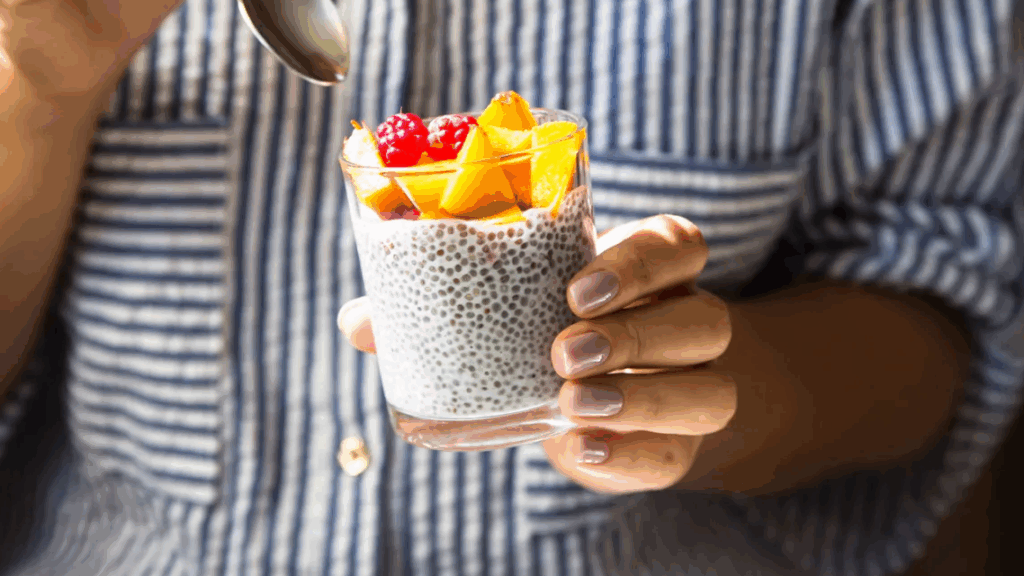
Chia seeds are most effective when part of a well-rounded lifestyle. Here’s how to enhance their benefits:
🥗 Eat Whole Foods
Pair chia seeds with lean proteins, colorful veggies, whole grains, and healthy fats. Avoid ultra-processed snacks that negate chia’s benefits.
🏃♀️ Stay Active
The CDC recommends at least 150 minutes of moderate-intensity activity weekly. Walking, swimming, and yoga are great low-impact options for all ages.
🧠 Sleep Well
Lack of sleep disrupts hunger hormones. Aim for 7–8 hours nightly, per WebMD.
😌 Manage Stress
Practice mindfulness, stretching, or deep breathing for 10 minutes daily. Chronic stress raises cortisol, which promotes abdominal fat.
🧂 Control Portions
Even healthy food can cause weight gain if overeaten. Use smaller plates, chew slowly, and stop eating when 80% full.
Daily Routine Suggestions for Best Results
-
Morning: Start with chia pudding or a smoothie.
-
Midday: Take a 20-minute walk or light stretch session.
-
All Day: Drink 8–10 glasses of water.
-
Evening: Avoid late-night snacking—try herbal tea instead.
What to Expect: Progress, Not Perfection
Adding chia seeds to your diet won’t deliver instant results—but over weeks or months, you may notice:
-
More energy and less bloating within 1–2 weeks
-
Improved digestion and regularity
-
Steadier blood sugar and reduced cravings
-
A gradual reduction in waist size over 2–3 months with consistent habits
According to the CDC, healthy weight loss occurs at 1–2 pounds per week. If you're not seeing progress after 6–8 weeks, consider consulting a healthcare provider or dietitian for guidance.
Why Chia Seeds Are Ideal for Seniors
Chia seeds are a standout choice for seniors thanks to their:
-
Ease of preparation: No cooking required
-
Digestive support: Helps with constipation
-
Bone-friendly nutrients: Rich in calcium and magnesium
-
Budget-friendly price: Just $5–10 per pound
Plus, their mild flavor makes them easy to add to a variety of dishes—sweet or savory.
🧁 Try this: Mix chia into muffin batter or homemade granola bars for a nutritious twist.
Avoid These Common Mistakes
-
❌ Overconsuming: More is not always better—too many seeds can upset digestion.
-
❌ Skipping fluids: Always drink water with chia to prevent discomfort.
-
❌ Neglecting other habits: No single food replaces movement and mindful eating.
-
❌ Expecting overnight changes: Stay consistent and trust the process.
Final Thoughts
Small but mighty, chia seeds offer a simple, natural way to support a healthier waistline and overall well-being. With their rich fiber, protein, and omega-3 content, they help you feel full, support digestion, and stabilize energy levels. When combined with smart lifestyle choices, chia seeds can be a valuable tool on your wellness journey.
Start today by trying a chia smoothie, exploring new recipes, or adding a sprinkle to your next meal. Embrace the process—your body will thank you.
💬 Comment below: What’s your favorite way to eat chia seeds? Got a tip for healthy living? Let’s inspire each other!
Disclaimer: This article is for educational purposes only and should not replace professional medical advice. Always consult with a healthcare provider before making dietary changes, especially if you have existing health conditions or take medications.
News in the same category


Can Garlic Support Healthier Veins Naturally?

Natural Oral Care for Seniors: How Ginger and Lemon May Support a Brighter Smile Over Time

Coffee with Ginger: A Tasty Wellness Drink Hiding in Your Kitchen

How Purslane Can Transform Health for Seniors Over 50: 7 Unexpected Benefits
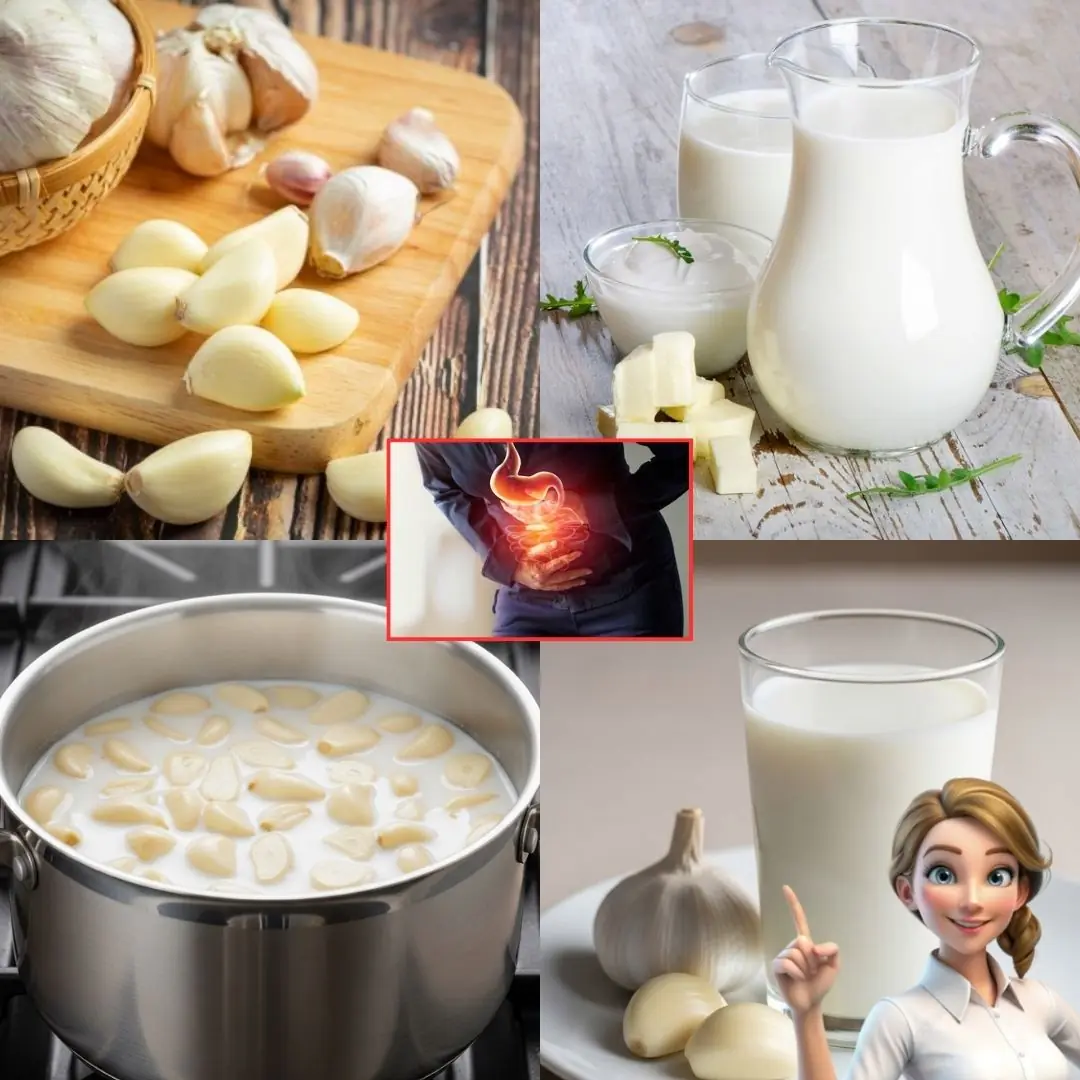
Boil Garlic in Milk and Drink It Once a Day – Here’s Why Your Body Will Thank You
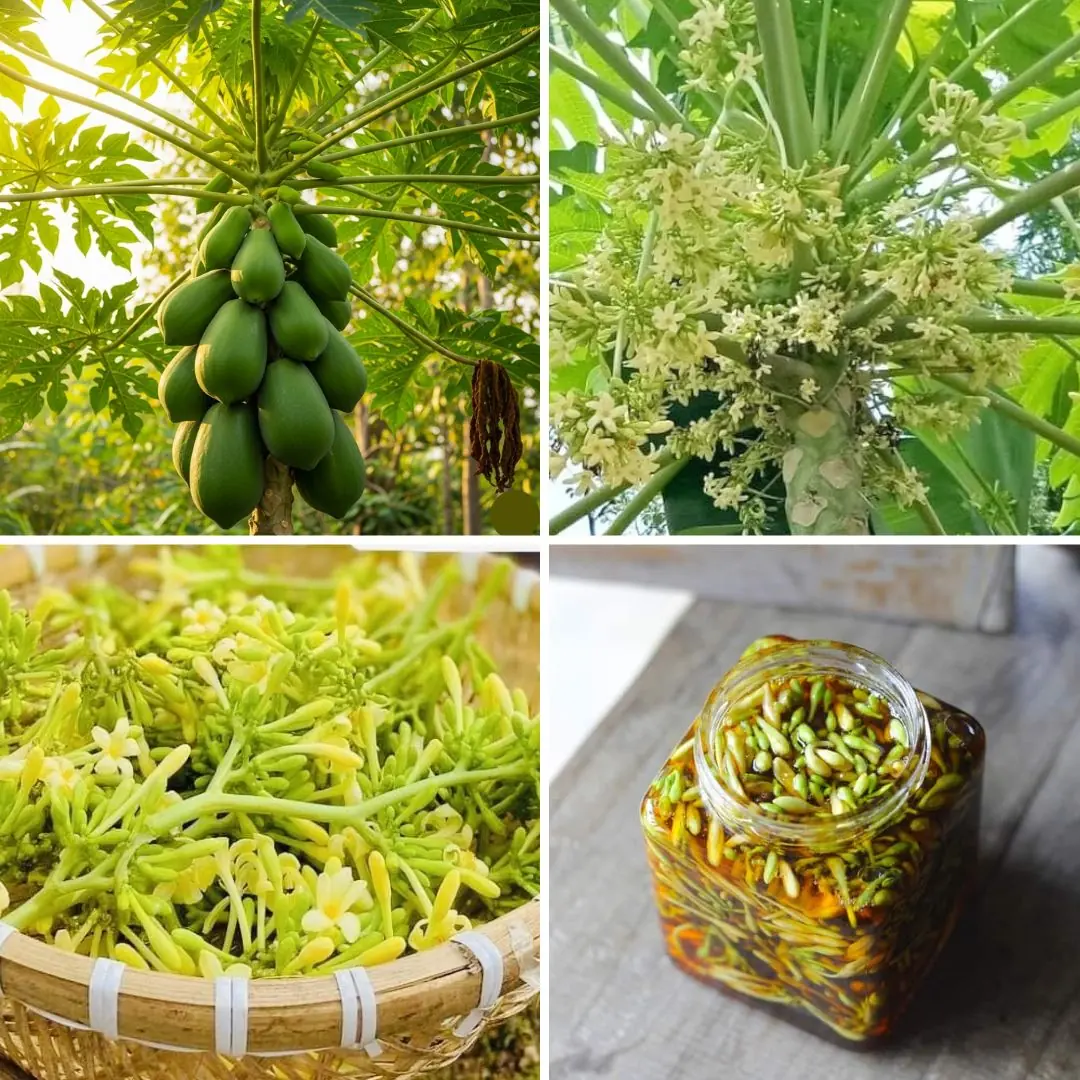
Why You Should Prepare a Jar of Papaya Flowers Soaked in Honey This Winter

12 Moringa Seed Benefits You’ll Never Hear from Your Doctor (But You Should Know) 🌿✨

Wrinkle & Eye Bag Removal Naturally – Best Collagen Mask with Beetroot! 🧖♀️🌱

Bryophyllum Calycinum (Kalanchoe Pinnata): The Miracle Leaf with Remarkable Natural Benefits

8 Foods to Support Kidney Health and Manage Proteinuria
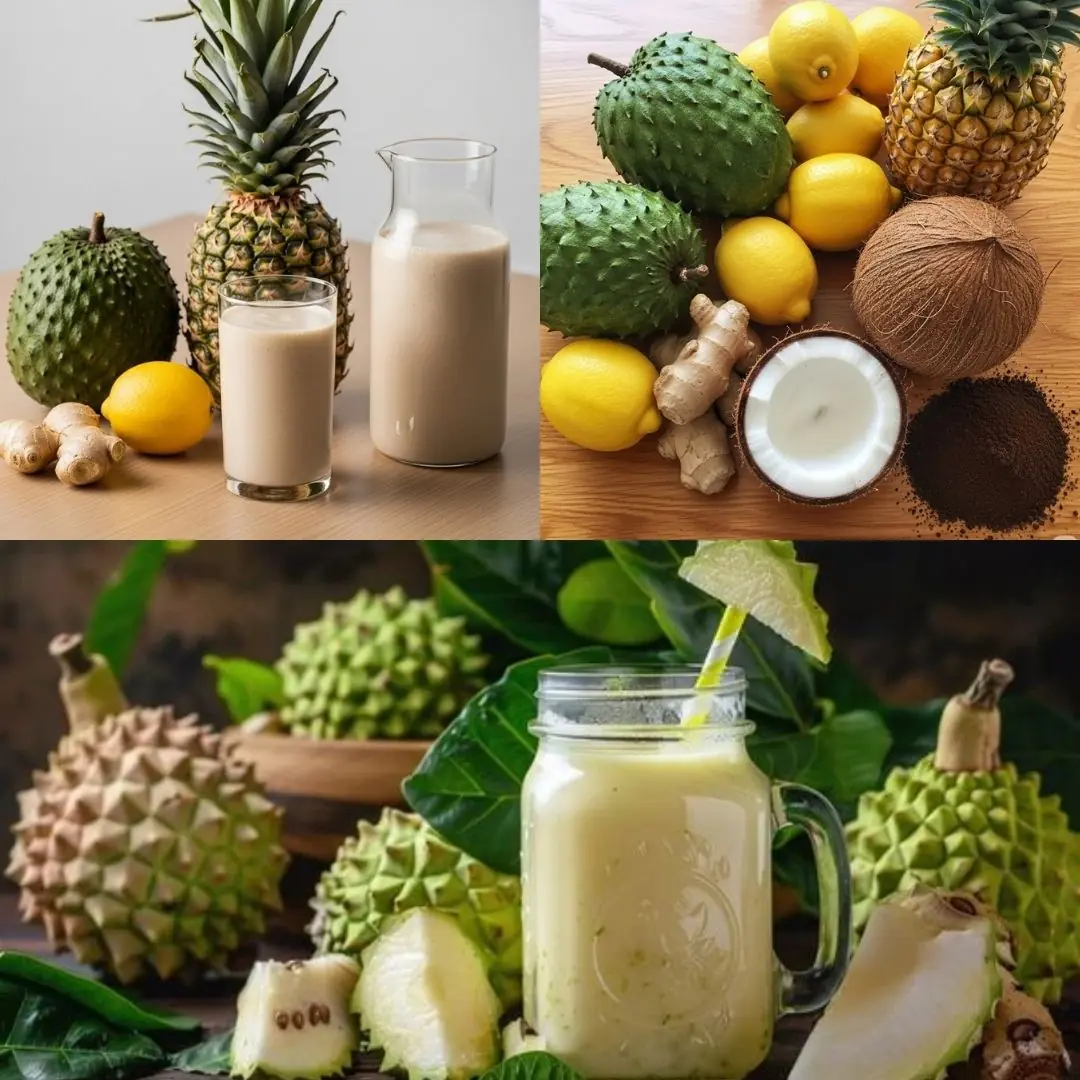
Let’s Make This Special Healthy Multi-Fruit Juice & Drink for Smooth Skin & a Strong Immune System

Natural Ways to Support Vision Health for Seniors

🌿 The Leaf That Destroys Cancer Cells – Why No One Is Talking About It | Barbara O’Neill’s Natural Approach

11 Powerful Reasons Your Whole Family Should Drink Okra Water Every Day

Improve Your Oral Health Naturally with Garlic

How to Use Castor Plant Leaves to Treat 12 Common Health Problems Naturally 🌿

Thyroid Issues Are Rising—Here's a Natural Drink That Could Help

Why Cloves, Ginger, and a Lipton Tea Bag Might Be the Golden Trio Your Body Needs
News Post

Experts Say Turning Off Wifi And Keeping Phones Out Of The Bedroom Could Boost Your Health

If You See A Woman Wearing A Wedding Ring On Her Pinky Finger Here’s What It Means

Experts Are Shedding Light on the ‘Death Rattle’ Phenomenon Before Passing

Experts Break Down How Far You’d Need To Be To Survive A Nuclear Blast

Scientists Finally Figure Out What’s Causing Girls to Get Periods at a Younger Age

Experts Warn 1,000ft Mega Tsunami Could Slam Into Us Coast — Is Your Hometown In Danger?

Man Who Predicted Covid Outbreak Reveals Chilling Warning About New Emerging Crisis

Top Foods to Avoid After 60 for Better Health

Flight Attendant Reveals Why Cabin Says Hello As You Board, and It’s Not What Think

10 Cities That Could Be Underwater by 2050. Here’s The Full List

Aspergillus Fungus Threatens Millions As It Spreads Due To Climate Change, Scientists Warn

The Incredible Story of a British Airways Pilot Who Survived Being Ejected from a Plane for 20 Minutes

Never keep these 4 relics after losing a loved one

Euphorbia Hirta: Nature’s Hidden Gem for Wellness

Can Garlic Support Healthier Veins Naturally?
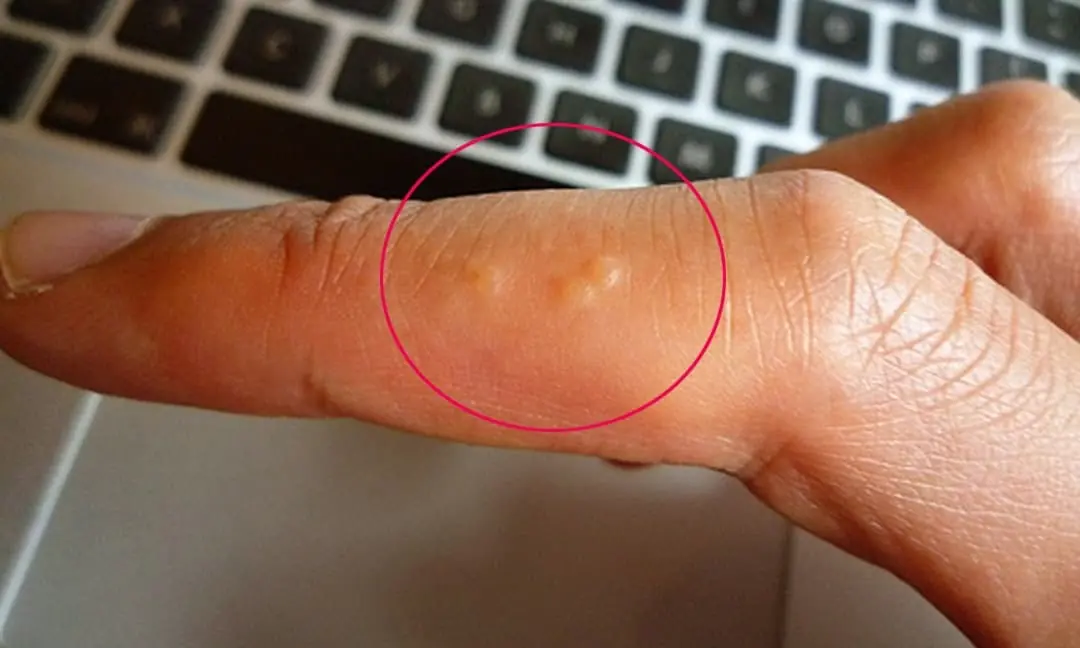
What Are the Tiny Blisters on Your Hands in Summer Trying to Tell You?
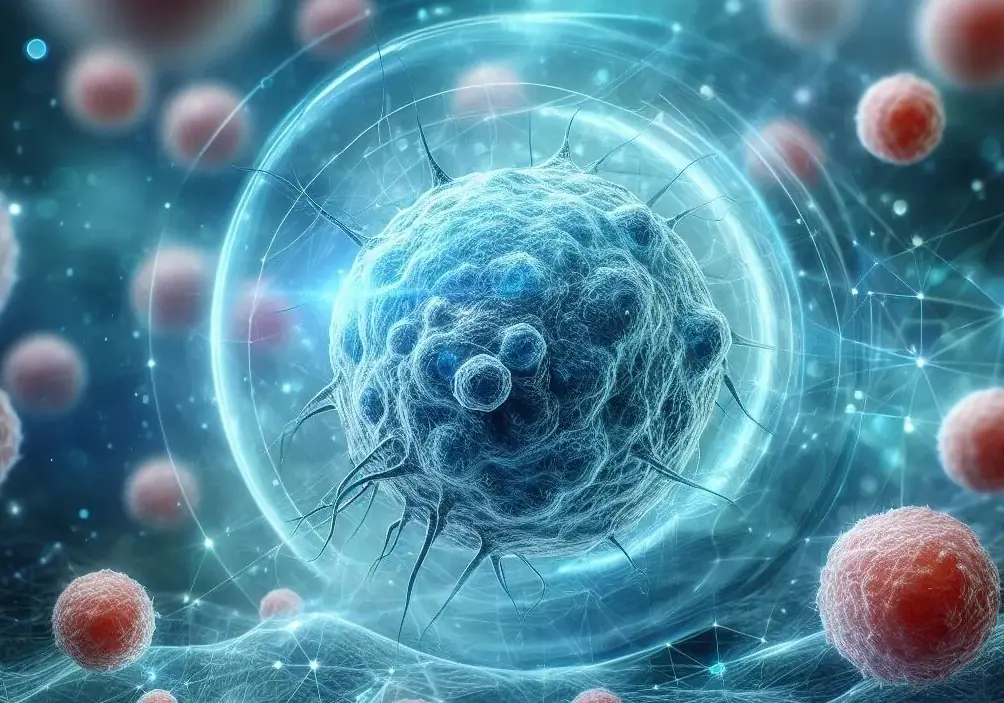
5 Pains in the Body That May Signal Early-Stage Cancer: Don’t Delay, or It May Spread
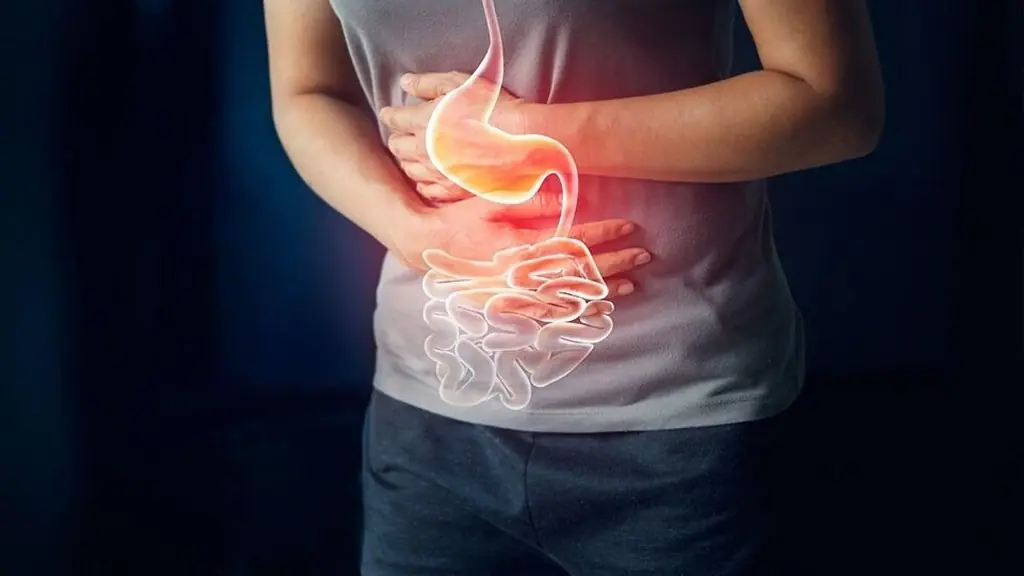
9 Early Warning Signs of Stomach Cancer: See a Doctor Immediately If You Have Even One
